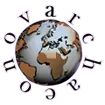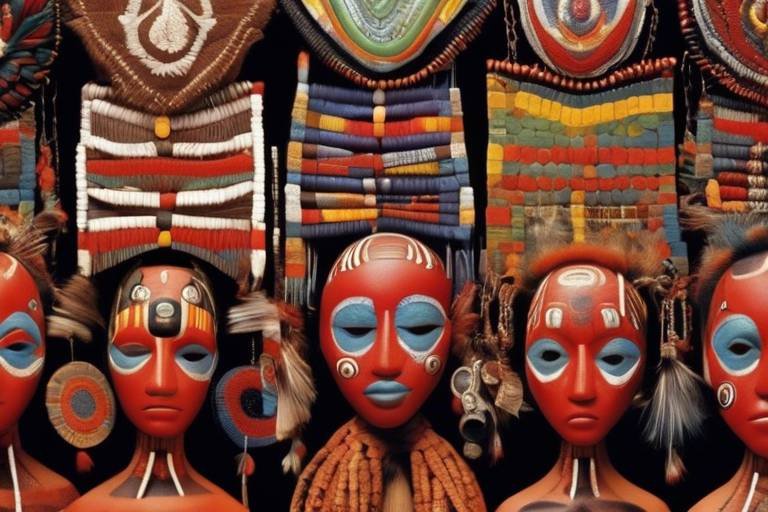The Relationship Between Art and Technology in Society
Art and technology have a fascinating relationship that has significantly influenced society throughout history. The dynamic interplay between these two seemingly disparate fields has led to remarkable innovations and transformations in the way we perceive and create art. Technology has not only revolutionized the tools and techniques available to artists but has also expanded the boundaries of artistic expression, giving rise to new forms of creativity and engagement.
From the earliest cave paintings to the advent of digital art, the evolution of art and technology has been intertwined, with each driving the other forward. The invention of photography, for example, revolutionized the way artists captured and represented the world around them, while the digital revolution opened up endless possibilities for creating and sharing art in the virtual realm.
Today, artists are harnessing the power of artificial intelligence to push the boundaries of creativity and challenge traditional notions of authorship. AI algorithms are being used to generate artworks, analyze artistic styles, and even create interactive art installations that respond to human input. This fusion of art and technology raises thought-provoking questions about the nature of creativity and the role of the artist in the digital age.
Virtual reality (VR) has emerged as a powerful tool for artists to immerse viewers in unique and interactive art experiences. By leveraging VR technology, artists can transport audiences to fantastical worlds, blur the lines between reality and fiction, and create immersive narratives that engage the senses in unprecedented ways. The ability to craft virtual environments that respond to user input has transformed the way we experience and interact with art.
Interactive art installations have become increasingly popular, allowing artists to engage audiences in dynamic and participatory experiences. By incorporating sensors, motion tracking, and other technologies, artists can create artworks that respond to the movements and gestures of viewers, inviting them to become active participants in the creative process. This democratization of art, enabled by technology, has opened up new possibilities for collaboration and engagement.
The rise of digital art and non-fungible tokens (NFTs) has disrupted the traditional art market, challenging established notions of ownership and authenticity. Blockchain technology has enabled artists to tokenize their digital creations, creating a new market for buying and selling unique digital assets. The concept of ownership in the digital realm has been redefined, prompting a reevaluation of the value and significance of art in the age of technology.
Augmented reality (AR) has transformed the landscape of public art, allowing artists to overlay digital artworks onto physical spaces and create interactive experiences for viewers. AR technology has the power to animate urban environments, turning ordinary streets and buildings into canvases for artistic expression. By merging the physical and digital worlds, artists can engage with audiences in new and unexpected ways, blurring the boundaries between art and everyday life.
Technology plays a crucial role in the preservation and conservation of art, ensuring that cultural treasures are safeguarded for future generations. Scientific advancements and digital tools are being used to analyze, restore, and protect artworks, allowing conservators to maintain the integrity and longevity of priceless masterpieces. The marriage of art and technology in conservation efforts highlights the importance of innovation in preserving our artistic heritage.
As art and technology continue to converge, ethical considerations come to the forefront, raising questions about data privacy, algorithmic bias, and the impact of technological innovations on artistic integrity. Artists, technologists, and policymakers must navigate the complex ethical landscape of art-tech integration, balancing innovation with responsibility and ensuring that the cultural heritage and creative expression are protected in the digital age.

Historical Evolution of Art and Technology
Art and technology have a complex interplay in society, influencing each other in various ways. This article explores how advancements in technology have impacted art forms and how artists have utilized technology to create innovative works that shape our modern world.
Examining the historical progression of how art and technology have intersected, from the invention of the camera to the digital revolution, showcasing the evolution of artistic expression through technological advancements.
Exploring the role of artificial intelligence in the creation and interpretation of art, discussing how AI algorithms are being used to generate artworks and analyze artistic styles, raising questions about creativity and authorship.
Investigating the impact of virtual reality on art consumption and creation, highlighting how artists are embracing VR technology to craft immersive experiences that blur the lines between the physical and digital worlds.
Analyzing the rise of interactive art installations that invite audience participation, discussing how technology enables artists to engage viewers in new ways and create dynamic, interactive artworks that respond to human interaction.
Delving into the world of digital art and non-fungible tokens (NFTs), exploring how blockchain technology is revolutionizing the art market, changing ownership structures, and challenging traditional notions of value and authenticity in art.
Examining the integration of augmented reality in public art projects, showcasing how AR technology is transforming urban spaces and enabling artists to overlay digital artworks onto physical environments, creating new forms of public expression.
Discussing the role of technology in art conservation and restoration, exploring how scientific advancements and digital tools are being used to preserve and protect artworks for future generations, ensuring their longevity and cultural significance.
Reflecting on the ethical considerations surrounding the fusion of art and technology, addressing issues such as data privacy, algorithmic bias, and the impact of technological innovations on artistic integrity and cultural heritage.
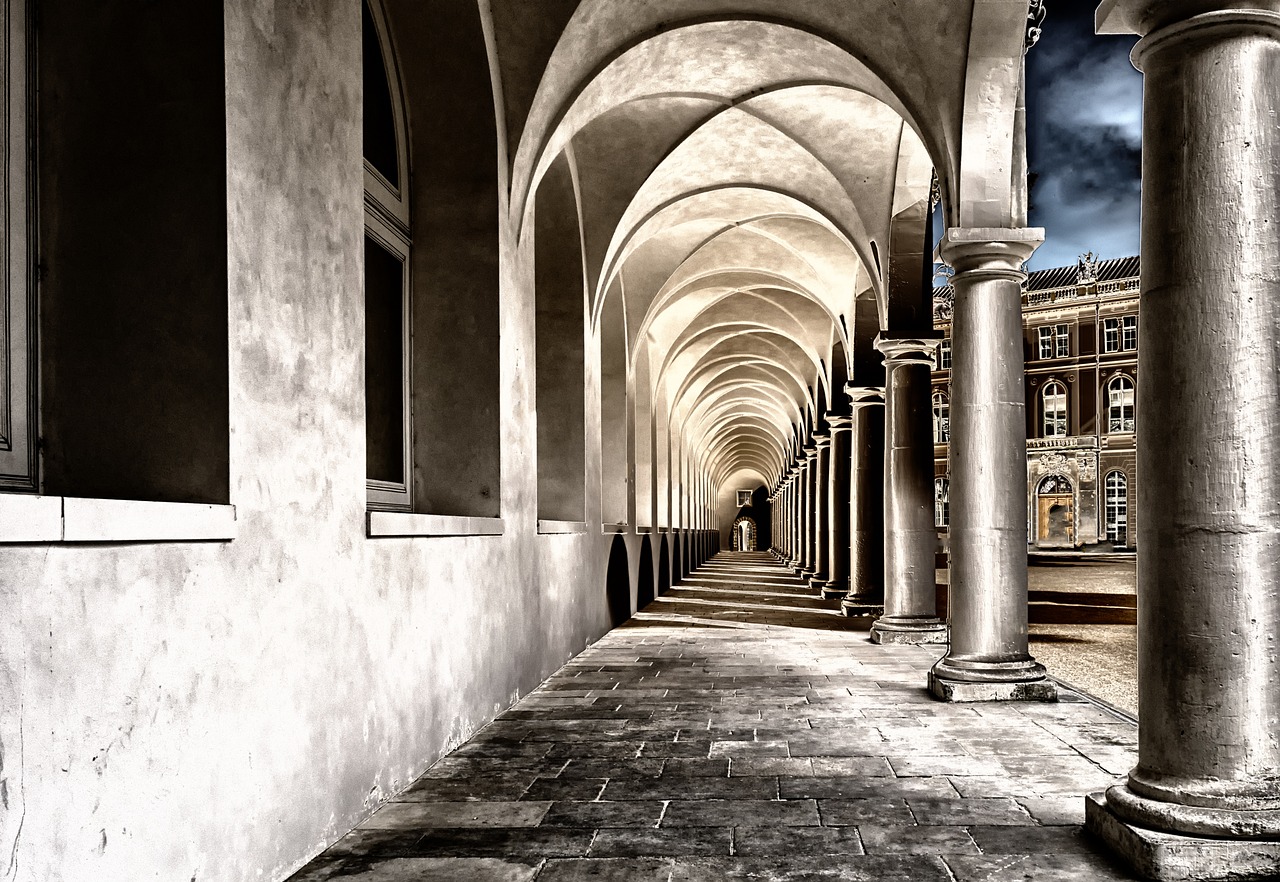
Artificial Intelligence in Art
Art and technology have a complex interplay in society, influencing each other in various ways. This article explores how advancements in technology have impacted art forms and how artists have utilized technology to create innovative works that shape our modern world.
Examining the historical progression of how art and technology have intersected, from the invention of the camera to the digital revolution, showcasing the evolution of artistic expression through technological advancements.
Artificial intelligence (AI) is revolutionizing the art world by introducing new possibilities and challenges. AI algorithms are now being used to generate artworks, analyze artistic styles, and even create entirely new art forms. This raises intriguing questions about the nature of creativity, the role of the artist, and the concept of authorship.
Virtual reality (VR) technology has opened up a whole new dimension for artists to explore and engage with audiences. By creating immersive art experiences that blend the physical and digital worlds, artists are pushing the boundaries of traditional art forms and transforming how art is consumed and experienced.
Interactive art installations have become increasingly popular, allowing viewers to actively participate in the artistic process. Technology plays a crucial role in enabling artists to create dynamic and interactive artworks that respond to human interaction, fostering a deeper level of engagement and connection between the artwork and the audience.
The rise of digital art and non-fungible tokens (NFTs) has disrupted the traditional art market and challenged established notions of ownership and value. Blockchain technology is revolutionizing how art is bought, sold, and owned, opening up new opportunities for artists and collectors alike.
Augmented reality (AR) is transforming public art by allowing artists to overlay digital artworks onto physical spaces, creating interactive and immersive experiences for viewers. By blending the virtual and physical worlds, AR technology is reshaping urban environments and expanding the possibilities of public art.
Technology plays a crucial role in the conservation and preservation of artworks, ensuring their longevity and cultural significance for future generations. Scientific advancements and digital tools are being used to protect and restore artworks, safeguarding our artistic heritage for years to come.
The integration of art and technology raises important ethical considerations, such as data privacy, algorithmic bias, and the impact of technological innovations on artistic integrity and cultural heritage. It is essential to address these ethical challenges to ensure that the fusion of art and technology benefits society as a whole.
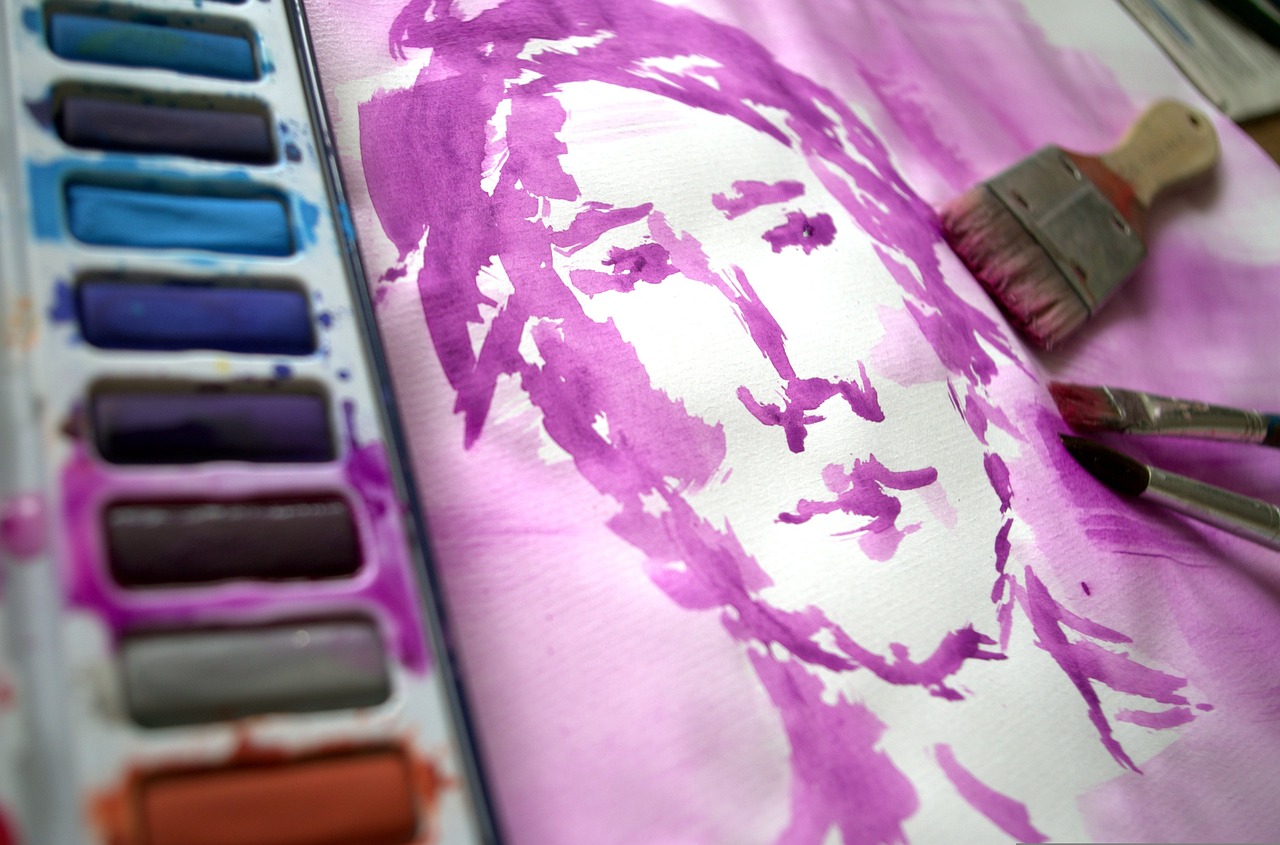
Virtual Reality and Immersive Art Experiences
Art and technology have a complex interplay in society, influencing each other in various ways. This article explores how advancements in technology have impacted art forms and how artists have utilized technology to create innovative works that shape our modern world.
Examining the historical progression of how art and technology have intersected, from the invention of the camera to the digital revolution, showcasing the evolution of artistic expression through technological advancements.
Exploring the role of artificial intelligence in the creation and interpretation of art, discussing how AI algorithms are being used to generate artworks and analyze artistic styles, raising questions about creativity and authorship.
Virtual reality (VR) has revolutionized the art world by offering immersive experiences that transport viewers into digital realms. Artists are leveraging VR technology to create interactive installations that blur the boundaries between reality and imagination. Through VR, audiences can engage with art in unprecedented ways, experiencing a heightened sense of presence and connection to the artwork.
Interactive art installations have transformed the traditional passive viewing experience into active participation. With the help of technology, artists can now create dynamic artworks that respond to the audience's movements, gestures, and even emotions. This interactivity not only enhances viewer engagement but also challenges the conventional boundaries of art, inviting individuals to become part of the creative process.
The rise of digital art and non-fungible tokens (NFTs) has disrupted the art market, introducing new ways of buying, selling, and owning artworks. Blockchain technology has enabled artists to authenticate and monetize their digital creations, reshaping the concept of ownership and value in the art world. NFTs have sparked debates about the democratization of art and the future of collecting in the digital age.
Augmented reality (AR) has transformed public spaces into interactive galleries, where digital artworks coexist with physical environments. By overlaying virtual elements onto real-world settings, artists can create site-specific installations that challenge perceptions and stimulate public discourse. AR technology has redefined the boundaries of public art, offering viewers a new lens through which to experience and interact with their surroundings.
Technology plays a crucial role in the preservation and conservation of art, ensuring that cultural heritage is safeguarded for future generations. Scientific advancements and digital tools are used to analyze, restore, and protect artworks from deterioration and damage. By harnessing technology, conservators can extend the lifespan of artworks and maintain their historical and artistic significance.
The integration of art and technology raises ethical concerns related to privacy, authenticity, and cultural representation. As artists embrace new technologies, questions arise about data security, algorithmic bias, and the impact of digital innovations on artistic integrity. It is essential to navigate these ethical considerations thoughtfully to preserve the ethical integrity of art and uphold the values of cultural heritage.
1. How has technology influenced the creation of art in the modern era?
2. What are the implications of artificial intelligence on the concept of creativity in art?
3. How do NFTs impact the traditional art market and ownership structures?
4. What are some examples of interactive art installations that have gained widespread popularity?
5. How can augmented reality enhance the public's engagement with art in urban environments?
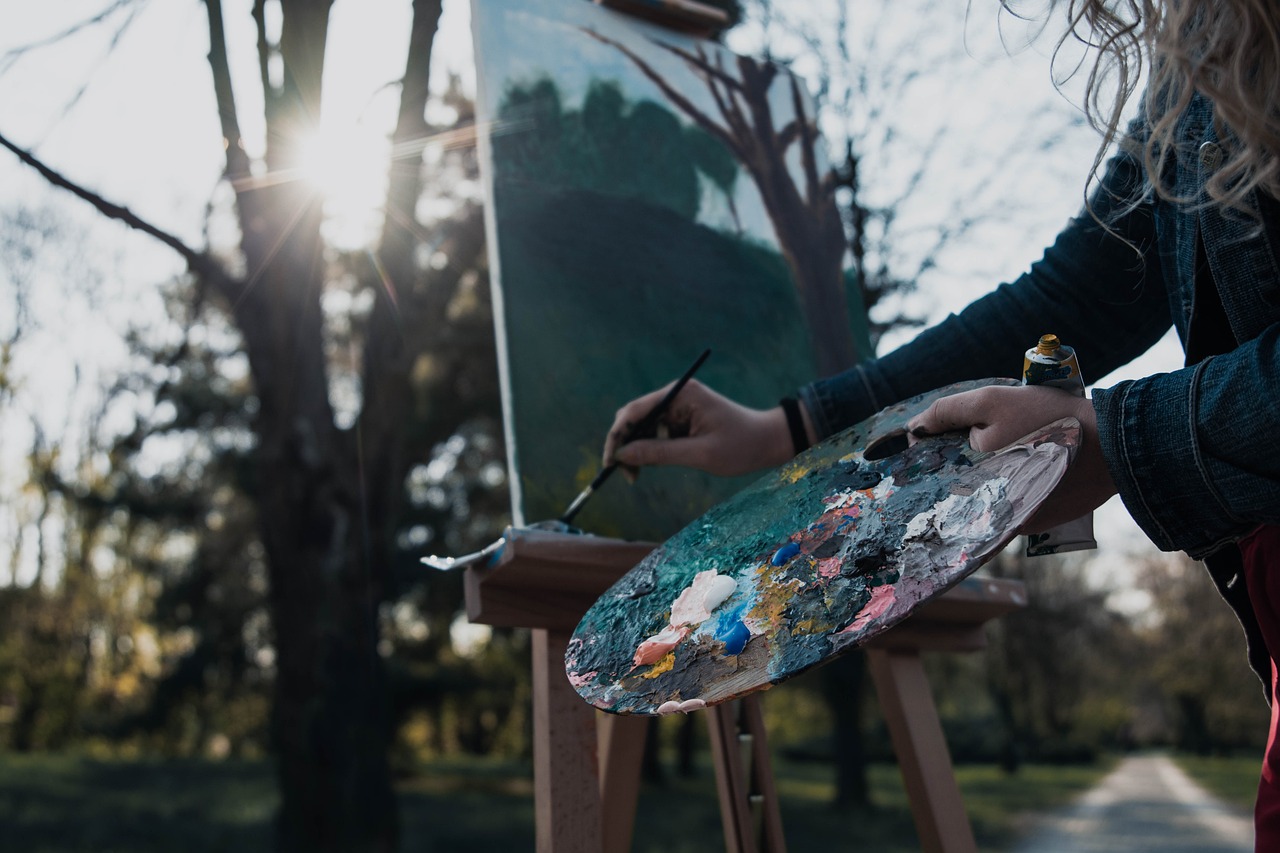
Interactive Installations and Audience Engagement
Interactive art installations have revolutionized the way audiences engage with artwork, breaking down the traditional barriers between artist and viewer. Through the integration of technology, artists can now create dynamic and immersive experiences that invite active participation from the audience. These installations often utilize sensors, cameras, and other interactive elements to respond to the movements and actions of viewers, transforming the artwork into a collaborative and ever-evolving creation.
One of the key advantages of interactive art installations is their ability to foster a deeper connection between the audience and the artwork. By allowing viewers to become active participants in the creative process, these installations create a sense of ownership and engagement that goes beyond passive observation. This interactive nature not only enhances the viewer's experience but also challenges traditional notions of art as a static and unchanging form.
Moreover, interactive installations have the power to reach a wider and more diverse audience, breaking down the elitist barriers often associated with traditional art spaces. By inviting participation and engagement from viewers of all ages and backgrounds, these installations democratize art and make it more accessible to the public. This inclusivity not only enriches the artistic experience but also fosters a sense of community and connection among participants.
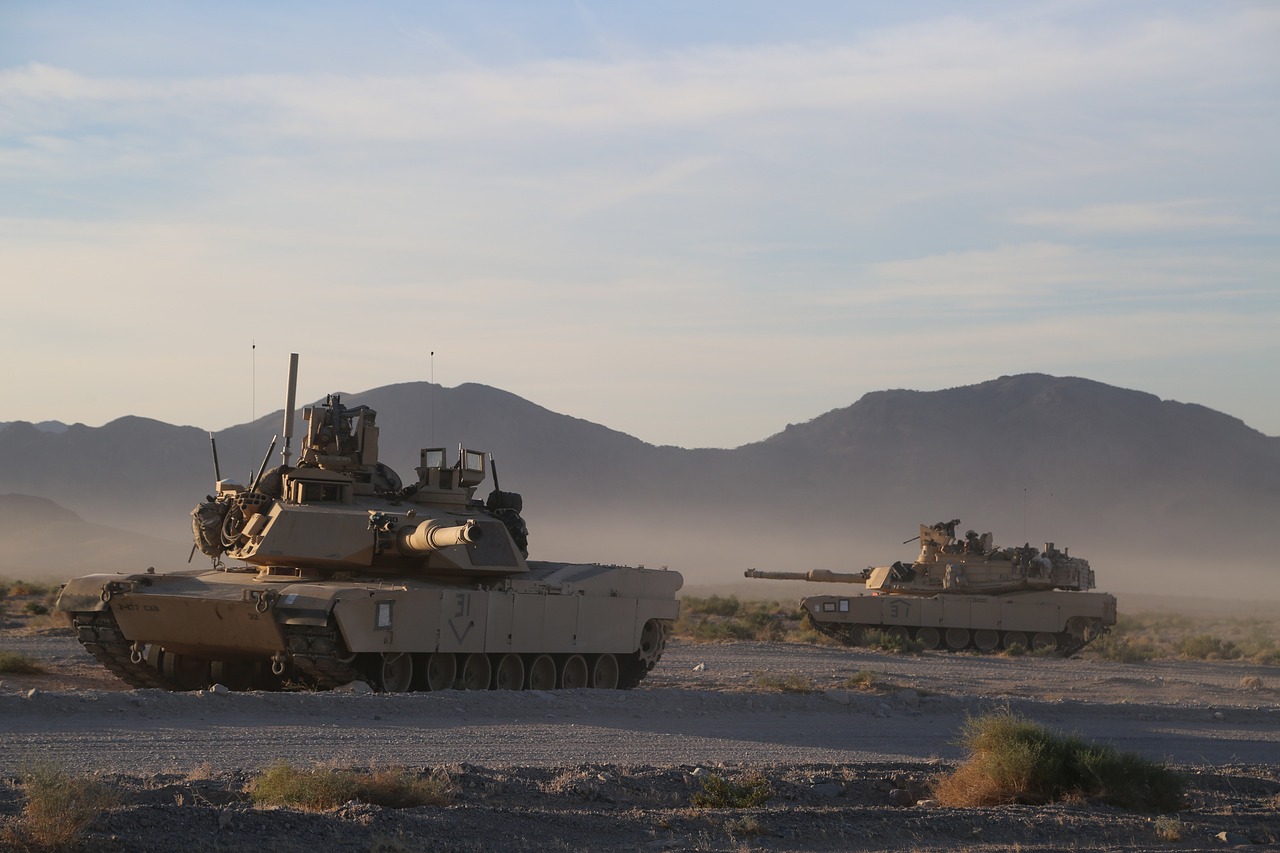
Digital Art and NFTs
Digital art and Non-Fungible Tokens (NFTs) represent a groundbreaking fusion of art and technology, revolutionizing the traditional art market and challenging established norms. Digital art, created using digital tools and techniques, has opened up new possibilities for artistic expression, pushing boundaries and breaking free from the constraints of physical mediums. With the advent of blockchain technology, NFTs have emerged as a unique way to authenticate and trade digital artworks, providing artists with a new avenue to monetize their creations and establish ownership in the digital realm.
The concept of NFTs revolves around the idea of tokenizing digital assets, creating a unique digital certificate of ownership that is stored on a blockchain. This innovation has sparked a digital art renaissance, attracting artists from various disciplines to explore the potential of this new medium. By tokenizing their work as NFTs, artists can establish scarcity and provenance, ensuring the authenticity and value of their digital creations in a decentralized and transparent manner.
Moreover, the rise of NFTs has disrupted the traditional art market, challenging the conventional notions of value and ownership. With digital art being sold for millions of dollars in the form of NFTs, questions arise regarding the democratization of art, accessibility, and the role of intermediaries in the art world. The intersection of digital art and NFTs has sparked debates about the commodification of creativity, the sustainability of digital art practices, and the future of art collecting in the digital age.

Augmented Reality in Public Art
Augmented Reality (AR) has revolutionized the way public art is experienced, blurring the boundaries between the physical and digital realms. By integrating AR technology into public art projects, artists can overlay virtual artworks onto real-world environments, transforming ordinary spaces into immersive artistic experiences. Imagine strolling through a city and suddenly encountering a larger-than-life sculpture that only exists through the lens of your smartphone, adding a layer of magic and interactivity to the urban landscape.

Art Conservation and Technology
Art conservation and technology play a crucial role in preserving and protecting artworks for future generations. The integration of technological advancements in the field of art conservation has revolutionized the way we approach the restoration and maintenance of valuable artistic pieces. Scientific innovations and digital tools are now instrumental in ensuring the longevity and cultural significance of artworks, safeguarding them against the passage of time and environmental factors.
One of the key areas where technology has significantly impacted art conservation is in the realm of imaging techniques. High-resolution cameras and advanced imaging software allow conservators to analyze artworks in minute detail, identifying imperfections, damages, or alterations that may not be visible to the naked eye. This level of precision enables conservation experts to develop tailored treatment plans that address specific issues while minimizing the risk of damage to the original piece.
Furthermore, the use of digital documentation systems has streamlined the process of cataloging and monitoring the condition of artworks over time. By creating detailed digital records of each piece, conservators can track changes, document interventions, and ensure that the conservation efforts align with best practices and ethical standards. These digital archives serve as invaluable resources for future research and conservation projects, contributing to the overall preservation of cultural heritage.
Advancements in materials science have also had a profound impact on art conservation practices. The development of innovative conservation materials, such as stable adhesives, reversible mounting systems, and protective coatings, has enhanced the ability of conservators to stabilize and protect fragile artworks without compromising their original integrity. Additionally, the use of non-invasive analytical techniques, such as X-ray fluorescence and infrared spectroscopy, allows conservators to analyze the composition of materials used in artworks, aiding in authentication and provenance research.
Collaboration between art conservators, scientists, and technologists has led to interdisciplinary approaches that combine traditional conservation methods with cutting-edge technologies. By leveraging the expertise of multiple disciplines, conservation efforts can benefit from a holistic and comprehensive approach that addresses the multifaceted challenges of preserving cultural heritage. Through ongoing research and innovation, the field of art conservation continues to evolve, ensuring that future generations can appreciate and study the rich artistic legacy of the past.
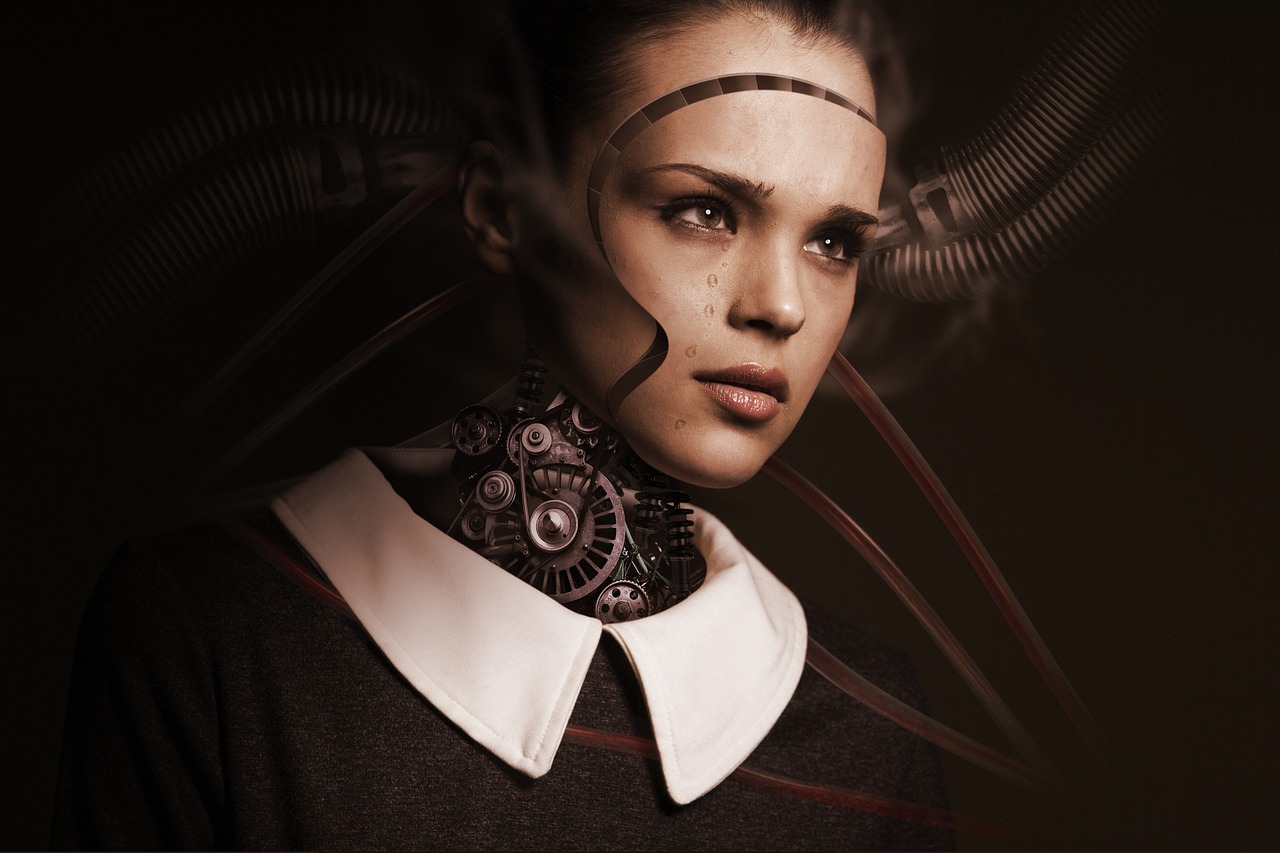
Ethical Implications of Art-Tech Integration
When exploring the integration of art and technology, it is crucial to consider the ethical implications that arise from this fusion. As advancements in technology continue to shape the art world, questions surrounding data privacy, algorithmic bias, and the preservation of cultural heritage come to the forefront. How do we navigate the intersection of art and technology while upholding ethical standards and ensuring the integrity of artistic expression?
One of the key ethical considerations in art-tech integration is the issue of data privacy. As artists and institutions harness technology to create and showcase artworks, the collection and storage of personal data become a concern. How can we protect the privacy of individuals interacting with technologically-driven art installations and online platforms without compromising the creative potential of these innovations?
Moreover, the presence of algorithmic bias in AI-powered art projects raises questions about fairness and representation. As artificial intelligence algorithms influence the creation and curation of artworks, how do we address biases that may perpetuate stereotypes or marginalize certain groups? It is essential to critically examine the algorithms driving these technologies to ensure inclusivity and diversity in artistic expression.
Another ethical dilemma lies in the impact of technological innovations on the authenticity and cultural heritage of art. With the rise of digital art forms and NFTs, traditional notions of ownership and value are being challenged. How do we preserve the integrity of art in a digital landscape where authenticity can be easily replicated, and ownership rights are encoded in blockchain technology?
Furthermore, the use of augmented reality in public art projects blurs the boundaries between physical and digital spaces, raising questions about the permanence and public accessibility of these artistic interventions. How can we balance the transformative potential of AR technology in enriching public art experiences with the need to respect the cultural significance and historical context of physical environments?
In addressing the ethical implications of art-tech integration, a multidisciplinary approach that involves artists, technologists, ethicists, and policymakers is essential. By engaging in critical dialogue and establishing ethical guidelines, we can navigate the complex terrain where art and technology converge, ensuring that innovation in the digital age is accompanied by a commitment to ethical practice and cultural stewardship.
Frequently Asked Questions
- What is the relationship between art and technology?
The relationship between art and technology is a dynamic one, with each influencing and inspiring the other. Technology has provided artists with new tools and mediums to express their creativity, leading to innovative art forms and experiences that shape our modern society.
- How has artificial intelligence impacted the art world?
Artificial intelligence has revolutionized the art world by enabling the creation of artworks generated by AI algorithms and facilitating the analysis of artistic styles. This raises questions about the role of AI in creativity and challenges traditional notions of authorship in art.
- What are some examples of technology-enhanced art experiences?
Examples of technology-enhanced art experiences include virtual reality installations that immerse viewers in interactive digital worlds, augmented reality projects that overlay digital artworks onto physical environments, and interactive installations that invite audience participation, creating dynamic and engaging art encounters.
- How is technology being used in art conservation?
Technology plays a crucial role in art conservation by providing advanced scientific tools and digital techniques to preserve and protect artworks. From digital imaging for documentation to climate control systems for storage, technology ensures the longevity and cultural significance of art for future generations.
- What are the ethical implications of integrating art and technology?
The fusion of art and technology raises ethical concerns such as data privacy, algorithmic bias, and the impact of technological innovations on artistic integrity and cultural heritage. It is important to consider these implications to ensure responsible and sustainable practices in the art-tech ecosystem.
